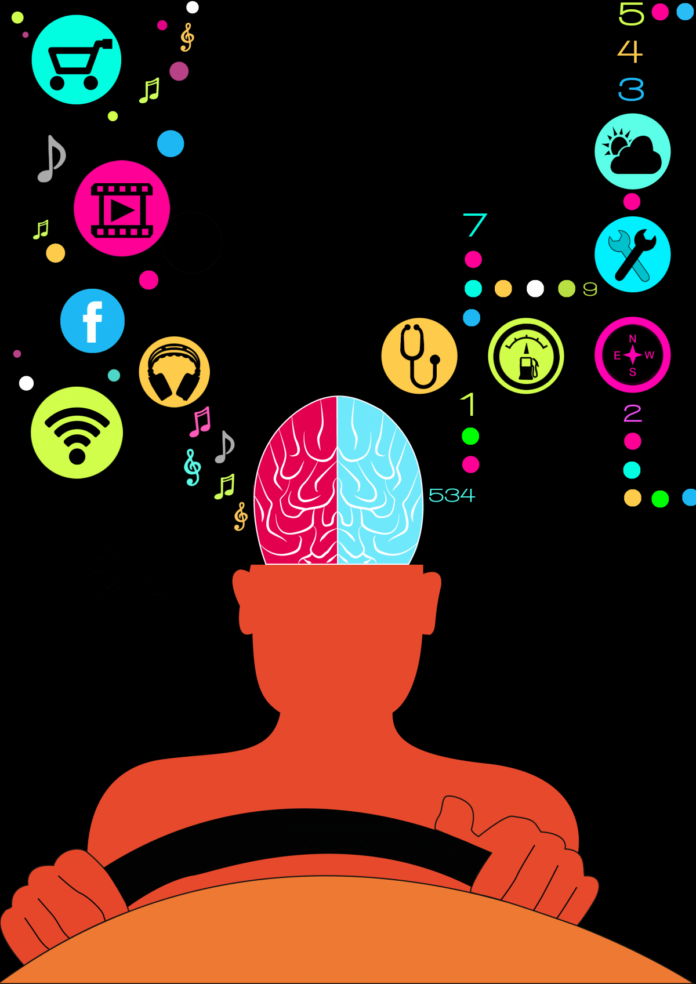The definition of a connected car is not only confusing to the potential end user, it also doesn’t align across the industry players working with connected cars.
Earlier in 2014, Harris Interactive surveyed almost 14,000 U.S. drivers on connected cars and found that only 42% had heard of a connected car. While that doesn’t sound that bad, the majority of those who had heard of a connected car did not know what to actually do with one. To make matters worse, when asked about the brand recognition of connected car “suppliers,” the names that were recognized were the likes of OnStar and MySync. Depending on your definition of a connected car, this might not be good news.
Even within the industry players the definition varies. During the research phase for our upcoming connected car feature report, the following definitions were offered during the one-on-one interviews:
- A vehicle capable of optimizing its own operation and maintenance as well as providing convenience and comfort to passengers using onboard sensors and Internet connectivity.
- A vehicle that provides more “driver centric” solutions to give the driver increasing functions and improved safety.
- All cars will be connected in the future. We should be talking about connected services. This is a digital lifestyle focused on a user experience via connectivity.
- A connected car is a component of the “Internet of Things.” Once the car is connected to other “things” it just becomes a component of this market.
- Not everything in the connected car requires use of the Internet. The Internet connection should not be synonymous with the connected car.
- When we meet with original equipment manufacturers, each one defines a connected car differently.
- Anything that requires some form of voice or data wireless connection is what goes into the category of connected car functionality.
- The connected car is what the end-user wants it to be.
- Connected cars require cloud functionality to be part of the offer.
- The connected car has been around for 15 years, telematics is the connected car.
- A connected car is connected to the Internet.
As you can see, these comments show the industry has a long way to go in standardizing this topic.
At the simplest level, a connected car needs to be “connected.” While that sounds like oversimplification, technology companies occasionally have an inclination to over-complicate their marketing. At the end-user level, it may not matter what technology is making the connection (802.11p, 2G, 3G, 4G, LTE, 5G, Ethernet within the vehicle, etc.) or whether the Internet plays a role in the connectivity. The reality is that all of the functionality that could be included under this umbrella requires the car to communicate with something – another car, roadwork infrastructure, the Internet, the OEM, Wi-Fi in your house, and on and on – but basically “connecting.” The other key factor is that no physical connection is required. Many updates today need to occur with a car being physically connected at an automotive dealership. This is changing with the connected car.
The terms IoT, machine-to-machine and telematics also enter into the confusion in this discussion. This is an area in which there was much more consistency during the background interviews as to how these topics pertain to the connected car industry. There was unanimous agreement that at the highest level is IoT – and connected car is a segment of this discussion. Although there were a few dissenters that telematics and connected car were the same thing, most participants felt that telematics was just one of many functions that a connected car would enable. Things like autonomous driving and infotainment were also in this category. Some felt that the telematics term should go away as it is becoming outdated when relating to connecting one machine to another. Today, telematics does more than just provide machine connections.
People go crazy for cars. OK, maybe not everyone – but think about your friends who can’t wait to get the latest features and models, or those who love to drive fast and pretend they’re in a Formula 1 race – much to your chagrin when riding along. Consider how many people obsess over the color of their car. There’s so much emotion related to the driving experience for many consumers out there.
But then there are those who are obsessed with safety. All of you likely have friends who had a baby and bought a Volvo. It’s a topic regularly made fun of in the movies, but in reality we all know some of these people: The logical and the conservative.
The connected car is the intersection of our left and right brain – logical thinking and emotion. What could be more exciting than to have all this come together in one mobile experience? The future is about mobility and the car is just one way to enable this.
Want to learn more about these topics? Join RCR Wireless News’ connected car industry landscape webinar to hear from industry experts on Jan. 28. The link to register is here. On that day, a new feature report on this topic also will be available for download at no charge.
Like what you read? Follow me on twitter!
Claudia Bacco, Managing Director – EMEA for RCR Wireless News, has spent her entire career in telecom, IT and security. Having experience as an operator, software and hardware vendor and as a well-known industry analyst, she has many opinions on the market. She’ll be sharing those opinions along with ongoing trend analysis for RCR Wireless News.

